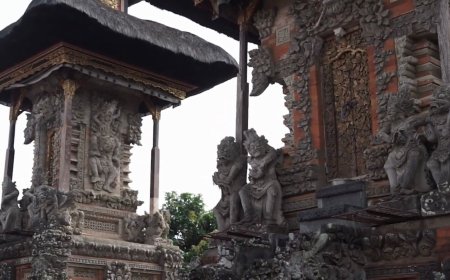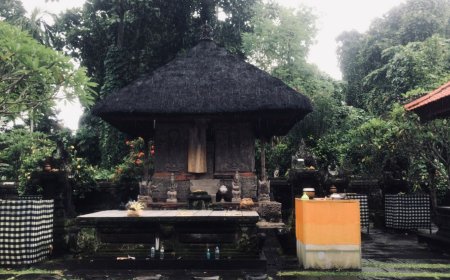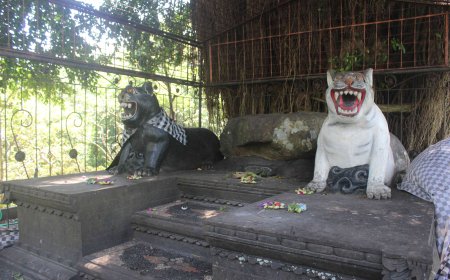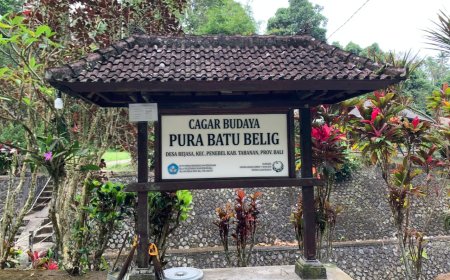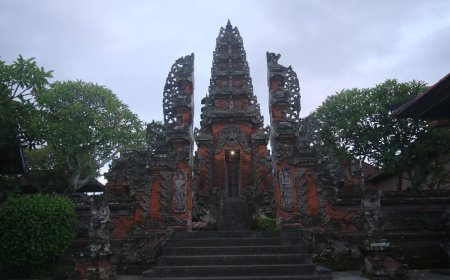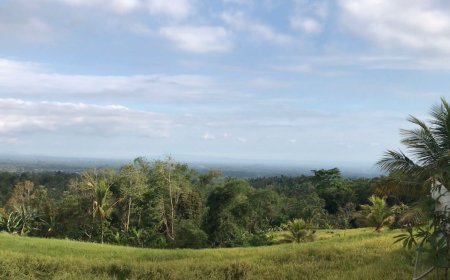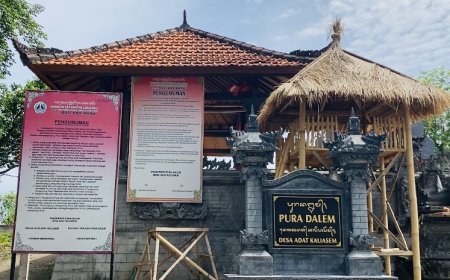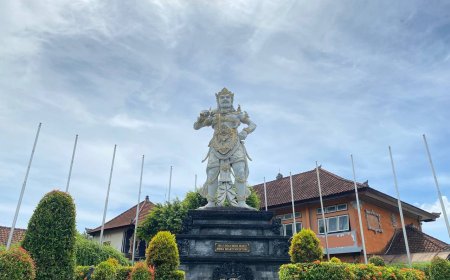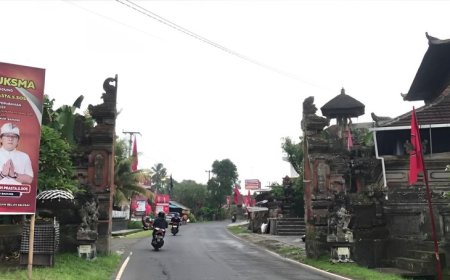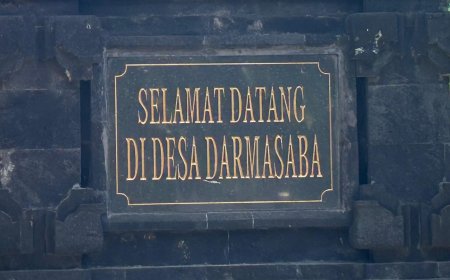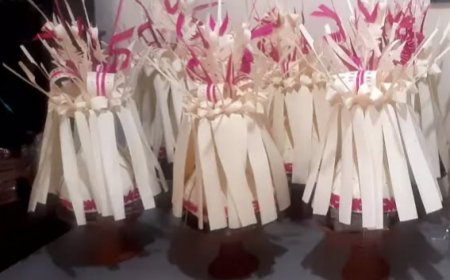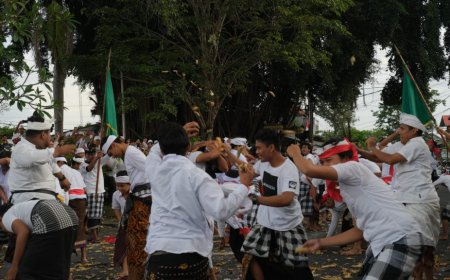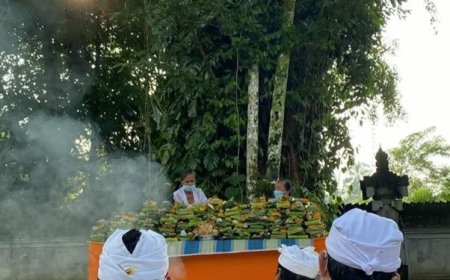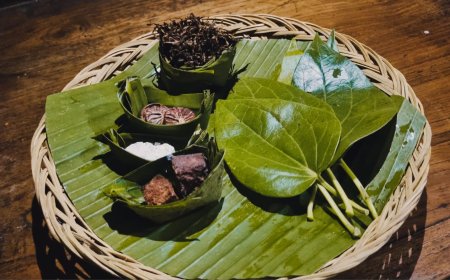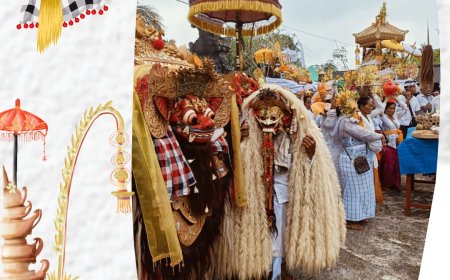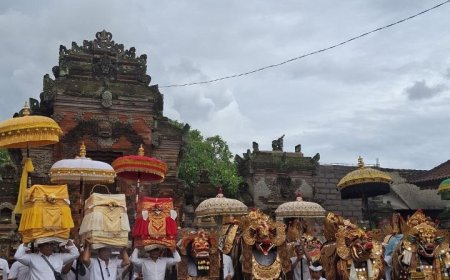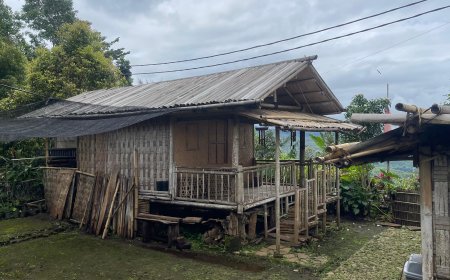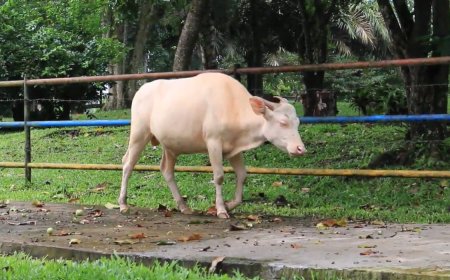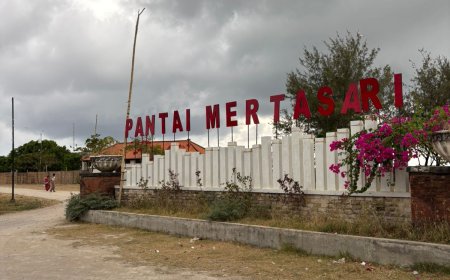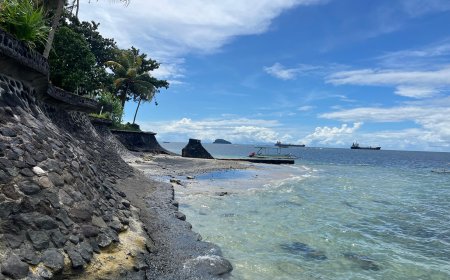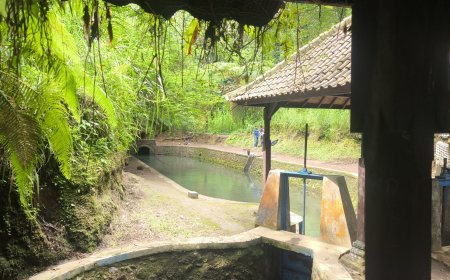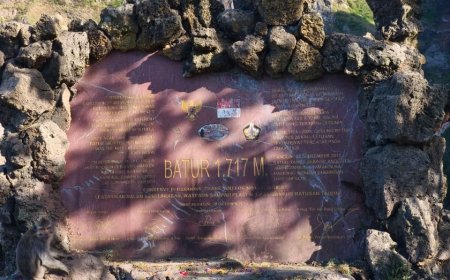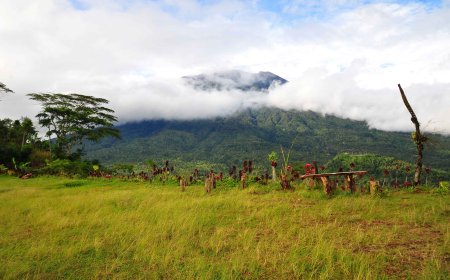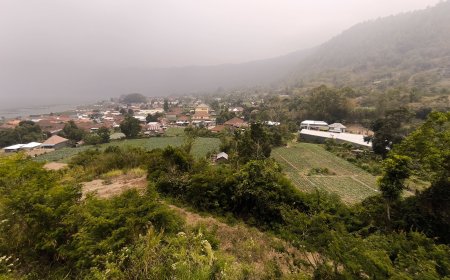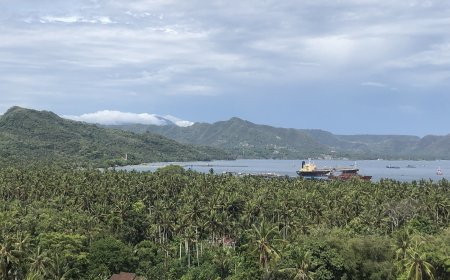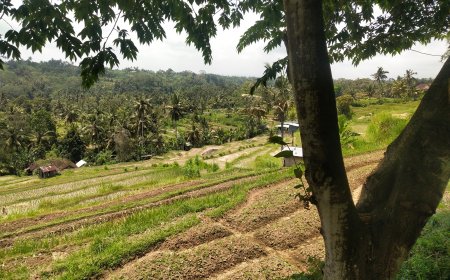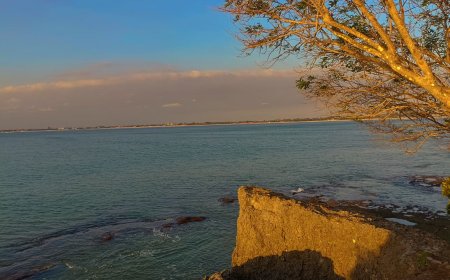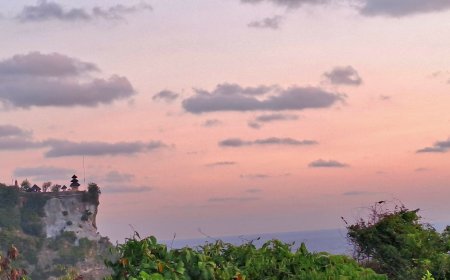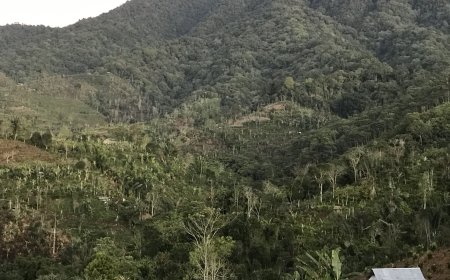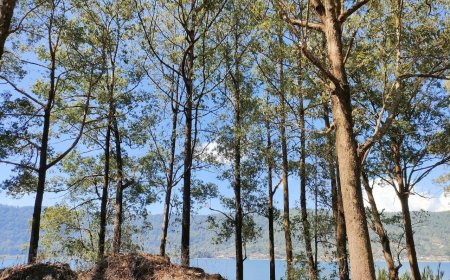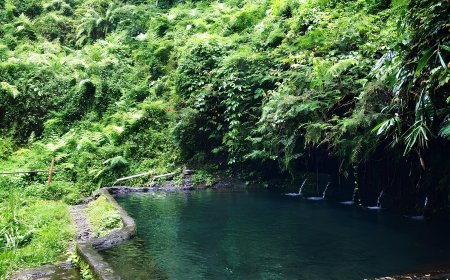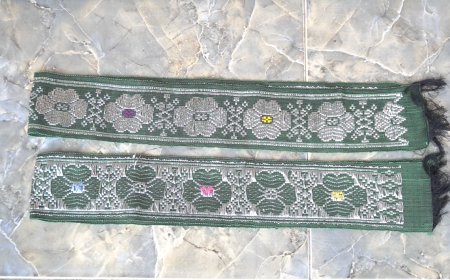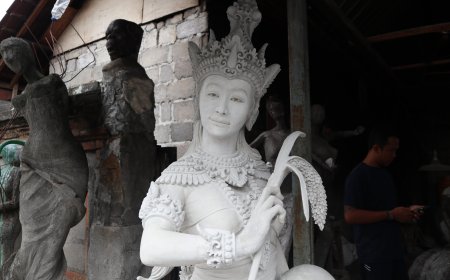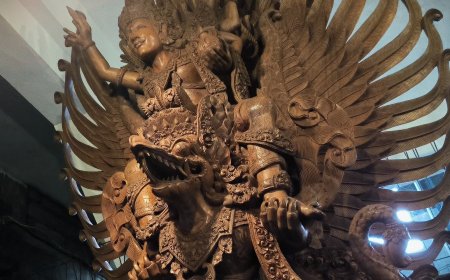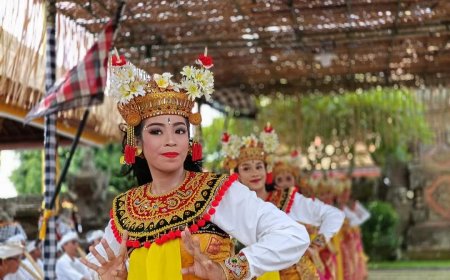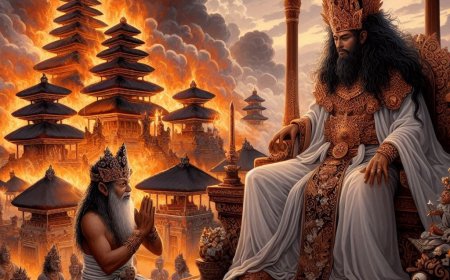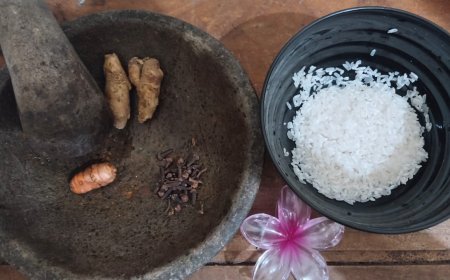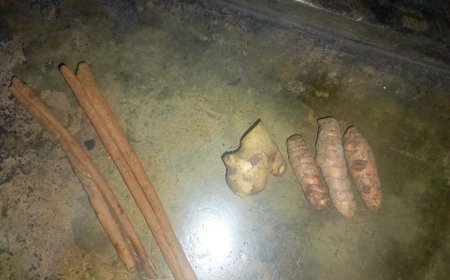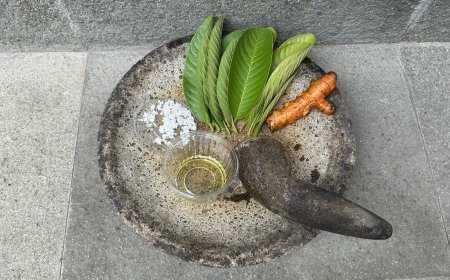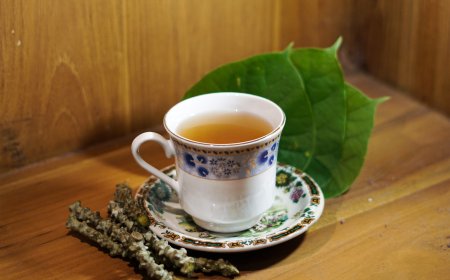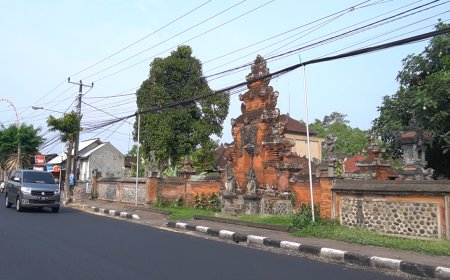Bakas Traditional Village: knowing the history of the formation of Bakas Traditional Village
The history of Bakas Traditional Village illustrates a long journey from the Majapahit period in Bali. Originally a hermitage area, Bakas developed into a religious and cultural center with the establishment of various temples, including Pura Suwitan and Pura Melanting. The village was involved in battles against the Nyalian Kingdom and later became a strong defense area. After Nyalian's defeat, Bakas Village remained steadfast and was honored by Puri Klungkung for its resilience, especially the Bhala Akas troops. The arrival of new residents and changes in leadership did not erase the identity of Bakas Village, and the name Bhala Akas was preserved as a symbol of strength and loyalty. Since then, Bakas Traditional Village has remained a living witness to a rich history, passing on glory and honor from the Majapahit period to the present day.
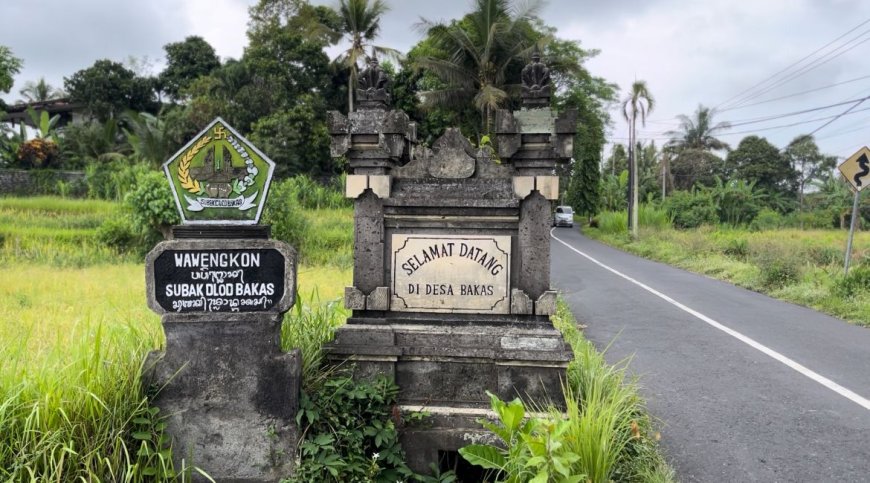
Bakas Traditional Village is part of an apanaga village or traditional village that was formed with a regional and governmental structure after the arrival of the Majapahit army to Bali. In the beginning, the Bakas Traditional Village area was a hermitage area with green natural conditions called Tegal Ancut. Evidence that Bakas Traditional Village was a place of asceticism is found at the Bukit Merajan site, the Batu Ngandang site, and in the Puseh Temple area where there is a place in the form of a cave or niche where people meditate.
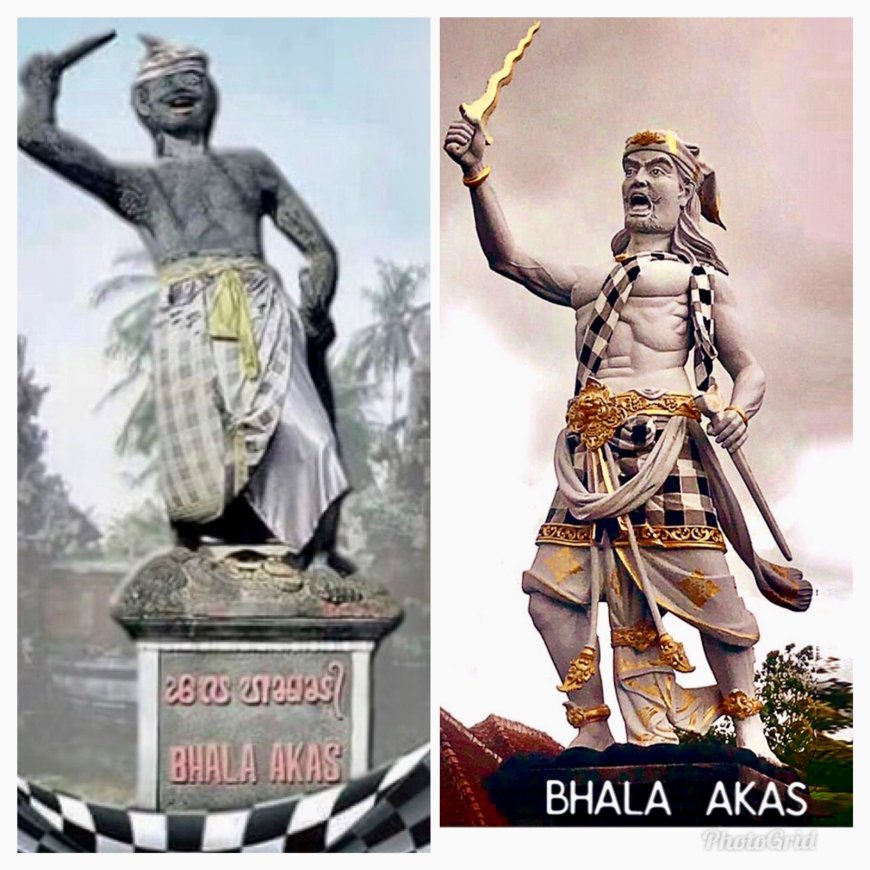
Bhala Akas Statue of Bakas Traditional Village (photo source: editorial collection)
The arrival of the first inhabitants to Bakas Village was marked by the Batu Ngandang site as a jagat transmitter. After the development, the Hyang Api Temple was established as a place to make agricultural tools. Furthermore, the Suwa Temple was established as part of the swagina temple which is operated by farmers or subak krama. Next, they built Melanting Temple which is closely related to the existence of the Bakas Village Market at that time. After the formation of the traditional village governance with its simple system, the Suwitan Temple was established as a place of semedi or meditation, so that the place of semedi was shifted to be centered in Suwitan Temple. After the concept of Mpu Kuturan with Tri Kahyangan Tiga, the Village Temple, Pura Dalem Setra was established.
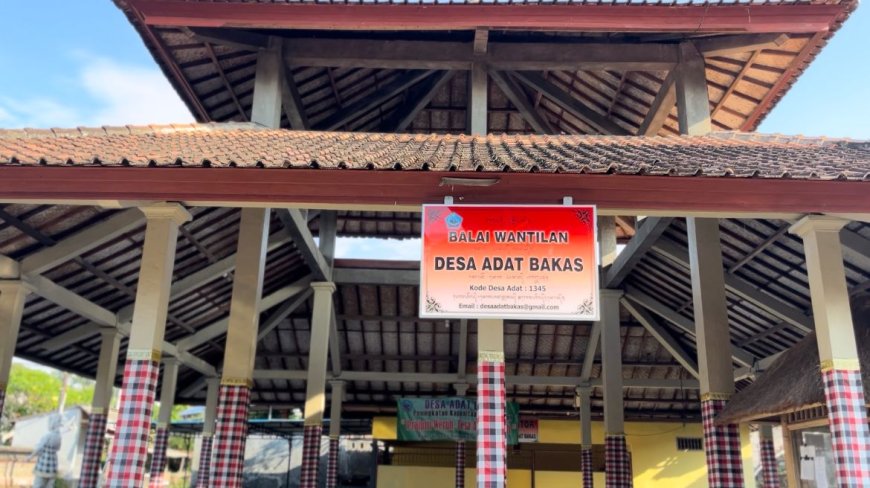
Bakas Traditional Village Wantilan Hall (photo source: editorial collection)
Furthermore, after the establishment of Nyalian Kingdom, Bakas Village became the area of struggle between Gianyar Kingdom and Klungkung Kingdom through Nyalian Kingdom. So that Bakas Village became a strong defense area for the Nyalian Kingdom which was centered in Suwitan Temple with Bhala Akas troops or tough and strong troops. After the defeat of the Nyalian Kingdom from the Gianyar Kingdom, people from Keramas and Beng began to arrive to live in Bakas according to the orders of the King of Gianyar and the King of Klungkung. The name of the Bhala Akas troops who were strong troops from the Nyalian Kingdom gradually became the name of Bakas Village from the word Bhala Akas or tough or strong troops. As a form of devotion, a statue of Bhala Akas has been made and consecrated in the Catus Patus of Bakas Village.
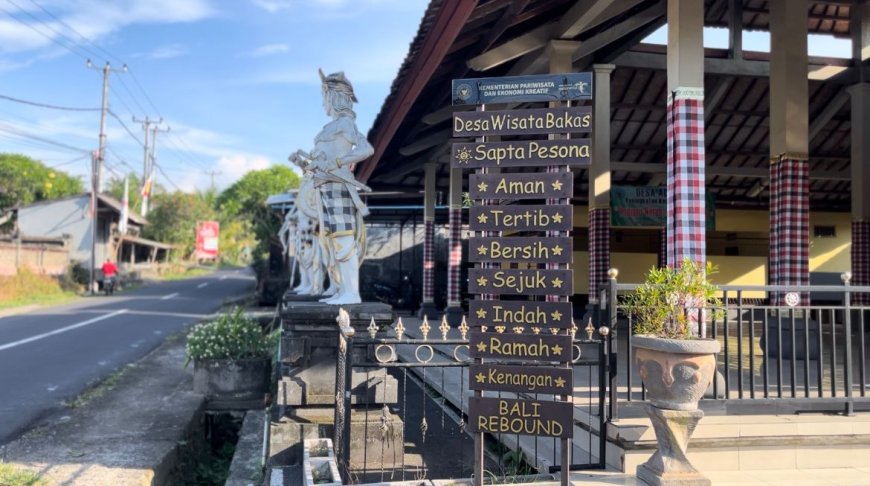
Bakas Traditional Village (photo source: editorial collection)
The story of the village elders as Bhala Akas was proven during the pelebon of King Klungkung. At that time, none of the pengayahs from the villages in the Klungkung area could lift the very high Bade to take the body of King Klungkung from the castle to the grave. So that at the last moment the Klungkung Castle kingdom ordered that Bhala Akas or the Bakas Village crew transport the bade from the castle to the graveyard. And with the strength and cohesiveness of the bade can walk smoothly to the grave. So that Puri Klungkung awards Bhala Akas or Bakas is indeed a strong and loyal krama to orders. So that the name Bakas Traditional Village is always synonymous with the designation Bhala Akas which is preserved and maintained forever.
